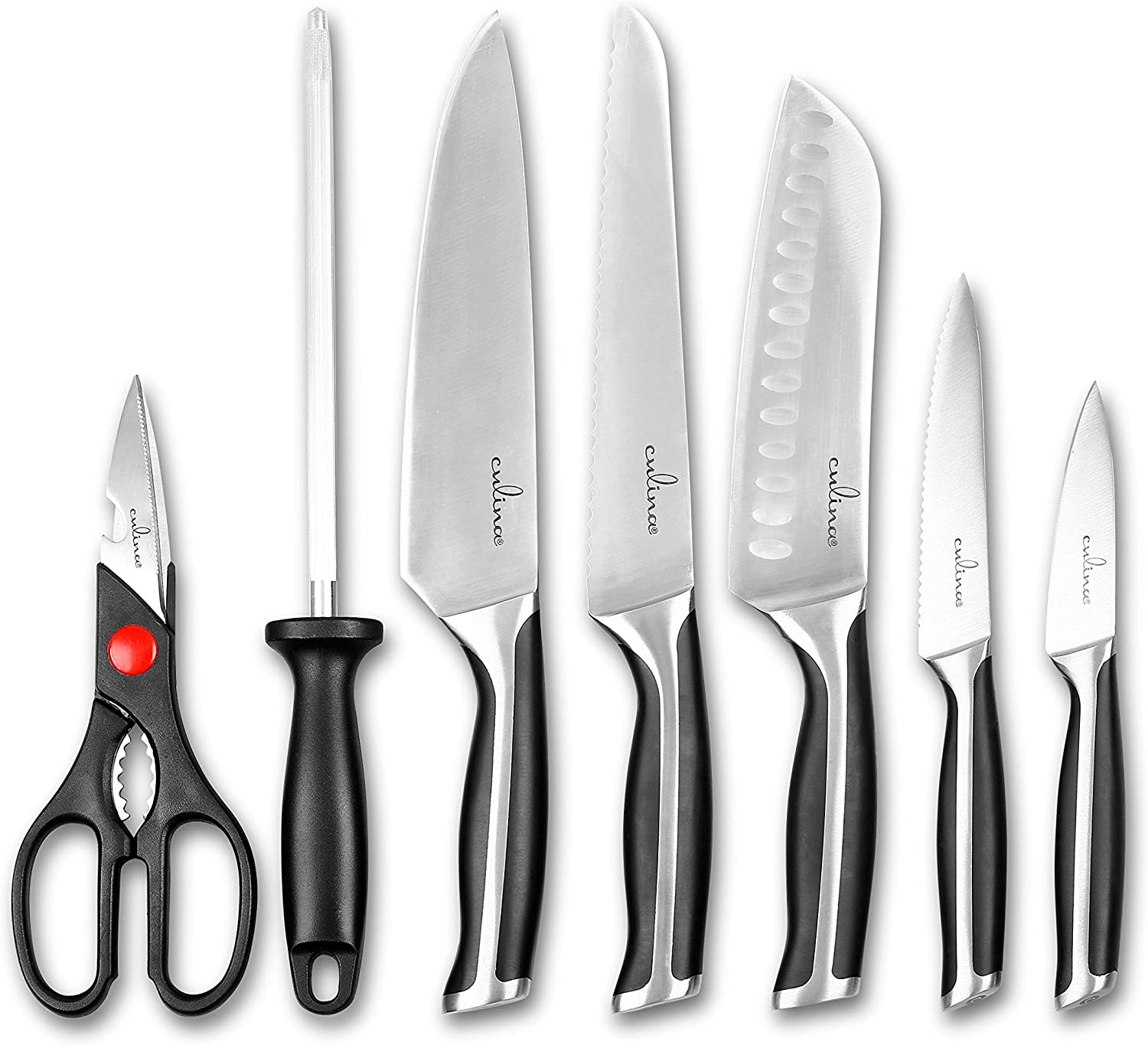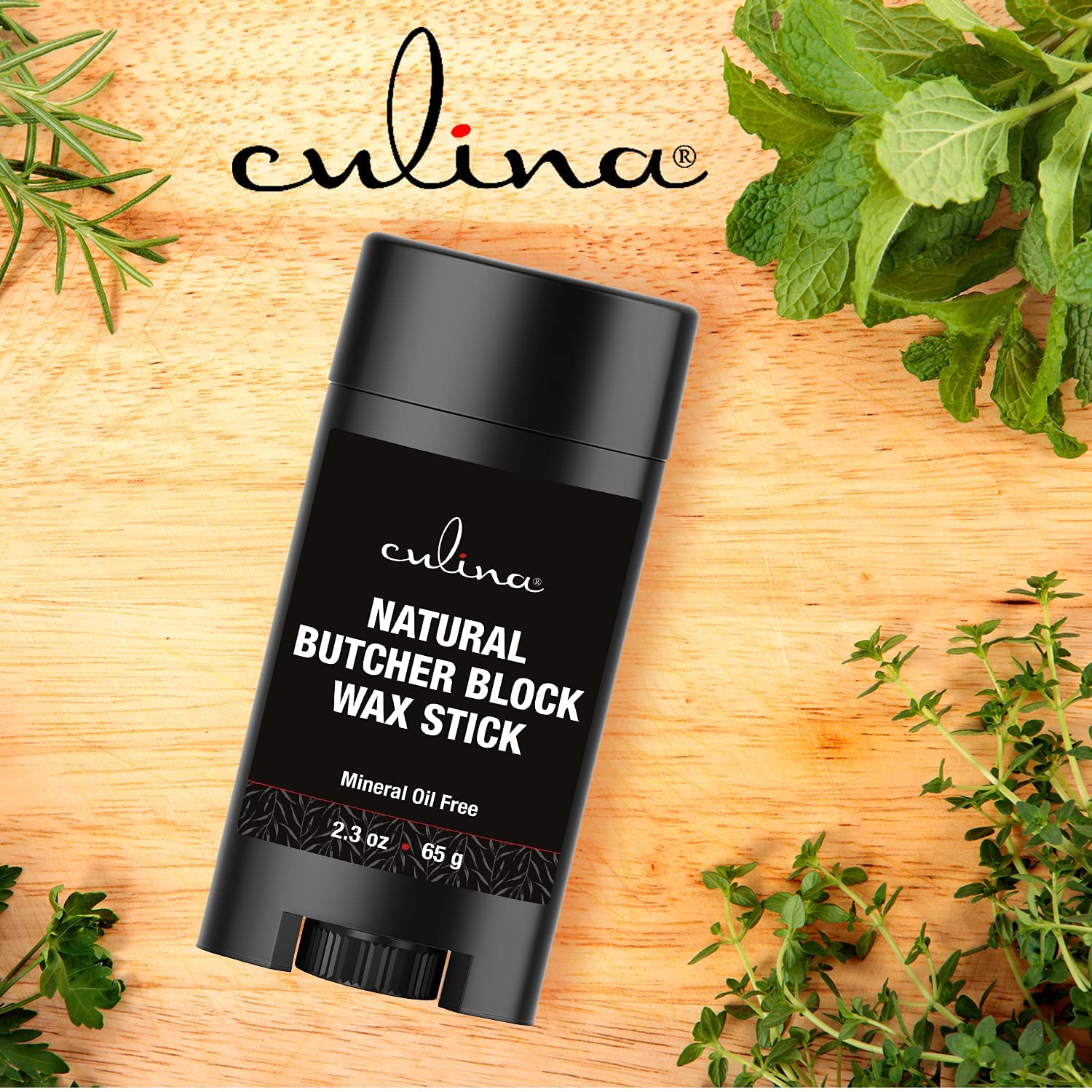Understanding Where to Put the Meat Thermometer in Duck
When cooking duck, knowing where to put meat thermometer is crucial to ensure it is cooked perfectly. Proper placement of the meat thermometer guarantees that you achieve the right doneness while preserving the bird’s flavors.

Importance of Using a Meat Thermometer
Using a meat thermometer is essential not only for safety but also for achieving the best flavors. Cooking without a thermometer can lead to undercooked or overcooked meat, which affects both taste and texture.

Choosing the Right Meat Thermometer
Types of Meat Thermometers
There are various types of meat thermometers, including digital instant-read, dial, and oven-safe thermometers. Each one has its pros and cons, so select one that fits your cooking style.
Features to Look For
When choosing a meat thermometer, consider features such as accuracy, response time, and durability. A good thermometer will have a quick and precise reading.
Proper Placement of the Meat Thermometer in Duck

Where Exactly to Place the Thermometer
The ideal spot to insert the meat thermometer in a duck is the thickest part of the breast, away from bone, fat, or gristle. This ensures an accurate reading of the bird’s internal temperature.
Avoid Common Mistakes
Avoid placing the thermometer in areas touching bone or fat. These regions can cause false readings, either too high or too low, affecting your cooking process.
Step-by-Step Guide
Preparing the Duck
Before inserting the thermometer, ensure that the duck is properly prepared and seasoned. For tips on seasoning, you might want to check our guide on seasoning a cast iron griddle.
Inserting the Thermometer
Carefully insert the thermometer into the thickest part of the bird’s breast. Hold it in place until the reading stabilizes.
Monitoring Temperature
Regularly check the temperature while cooking. Aim for a final internal temperature of 165F (74C) for perfectly cooked duck.
Cooking Techniques for Duck
Roasting
Roasting is a popular method for cooking duck. Ensure you preheat your oven and maintain a consistent temperature for even cooking.
Grilling
Grilling duck can add a flavorful, smoky touch. Use a meat thermometer to monitor the ducks temperature throughout the grilling process.
Sous Vide
For a more advanced technique, consider sous vide. This method provides precise temperature control, ensuring the duck is cooked to perfection.
Additional Tips for Cooking Duck
Resting the Duck
Let the duck rest for a few minutes after cooking. This allows the juices to redistribute, making the meat more tender and flavorful.
Carving the Duck
Using the Right Tools
Use a sharp carving knife to slice the duck. This ensures clean cuts and helps preserve the meat’s texture.
Pairing Side Dishes
For a complete meal, pair your duck with delicious sides. For inspiration, visit our article on sides for rotisserie chicken.
Common Mistakes to Avoid
Avoid overcooking or undercooking the duck. Always use your meat thermometer to ensure it reaches the ideal temperature for safety and flavor.
FAQ
1. Why is a meat thermometer important for cooking duck?
A meat thermometer ensures that the duck is cooked to the right temperature, ensuring safety and enhanced flavors.
2. Can I use any meat thermometer for duck?
Yes, you can use any reliable meat thermometer. Digital instant-read thermometers are particularly effective.
3. What is the correct internal temperature for cooked duck?
The USDA recommends an internal temperature of 165F (74C) for cooked duck.
As an Amazon Associate, I earn from qualifying purchases.









